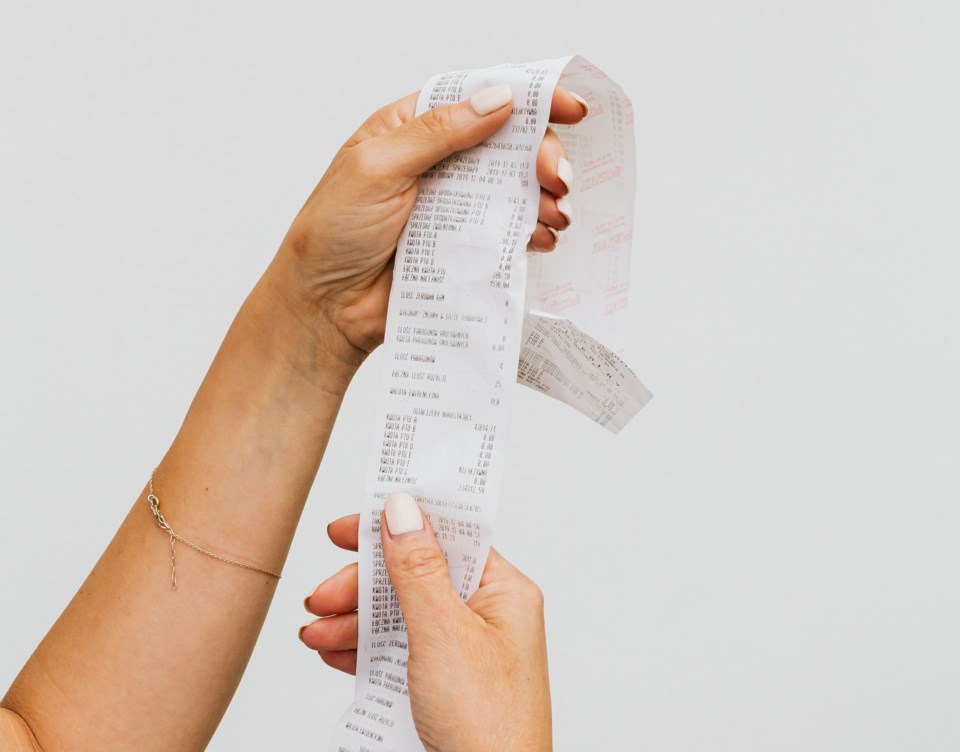Shrinkage is never a good thing.
We all learned this when George went swimming in an episode of Seinfeld.
We knew this as we tried on last summer’s clothes this summer.
We also figured it out while grocery shopping.
I noticed “shrinkflation” ages ago, but I had no clue there was an actual name for it, nor that it was not a new occurrence.
The phenomenon has been making headlines recently. Wikipedia defines it as an economic term which is “the process of items shrinking in size or quantity or even sometimes reformulating or reducing quality while their prices remain the same or increase."
Probably, we all saw the less is more approach to groceries in the snack aisle. How many times did we open a bag of potato chips and see that about a quarter of the bag was just air?
Now, it seems to be occurring with all sorts of goods.
Cereal boxes are smaller, but the price is three times what it used to be.
Bread doesn’t appear to be a whole loaf — it looks like a few slices are missing.
Bacon? It looks like a half a pound, at most.
Bagged milk. Didn’t there used to be four bags? Now just three.
There are so many times I come home having spent twice as much as would be usual, but having way less to show for it.
Basically, it’s the old bait and switch. We, the consumer, are being conned.
According to S&P Global, this is accelerating worldwide. Manufacturers are hoping we won’t notice, referring to it as the inflation we are not supposed to see.
Apparently, the practice happens most in periods of high inflation as companies find themselves paying more for ingredients, packaging, labour, and transportation.
According to Consumer Reports, manufacturers know consumers will notice price hikes, but may not so obviously notice net weights or product counts. Maybe we won’t see the downsizing because we are distracted by the new packaging and bright colours.
Oh, we noticed!
It seems sneaky because it is.
Experts say the trend can reverse, suggesting competition might force manufacturers to lower or reintroduce larger packages.
Sadly, as we all know, once a product has gotten smaller, it usually stays that way and prices rarely go down.
I had a friend who used to buy powdered lemonade and it advertised 25 scoops in each can. She didn’t believe them, so she literally counted out the scoops. Sure enough, there were 20 scoops, not 25. She complained and got some free product and an apology.
At the time, I thought she had too much time on her hands! Now, maybe I can see she was ahead of her time. She didn’t like false advertising.
So, what can we do about 'shrinkflation'?
Basically, exactly what we’ve always been told to do.
1. Pay attention to weights and measures.
2. Compare, compare, compare. Product to product, store to store.
3. Buy in bulk as its usually cheaper.
4. Watch your flyers, ads and apps for deals.
5. If you aren’t loyal to a brand, try the no-name version.
6. Make your displeasure known to manufacturers and local merchants. Complain to whomever may listen.
In this case, less is definitely not more and we can’t afford it.



